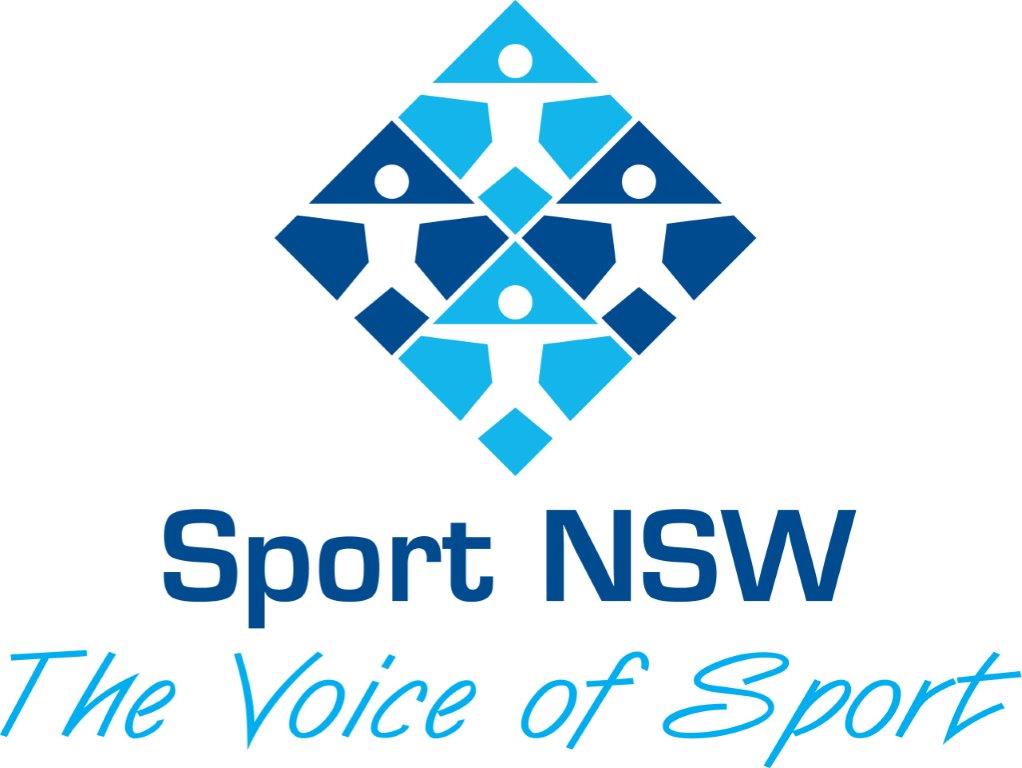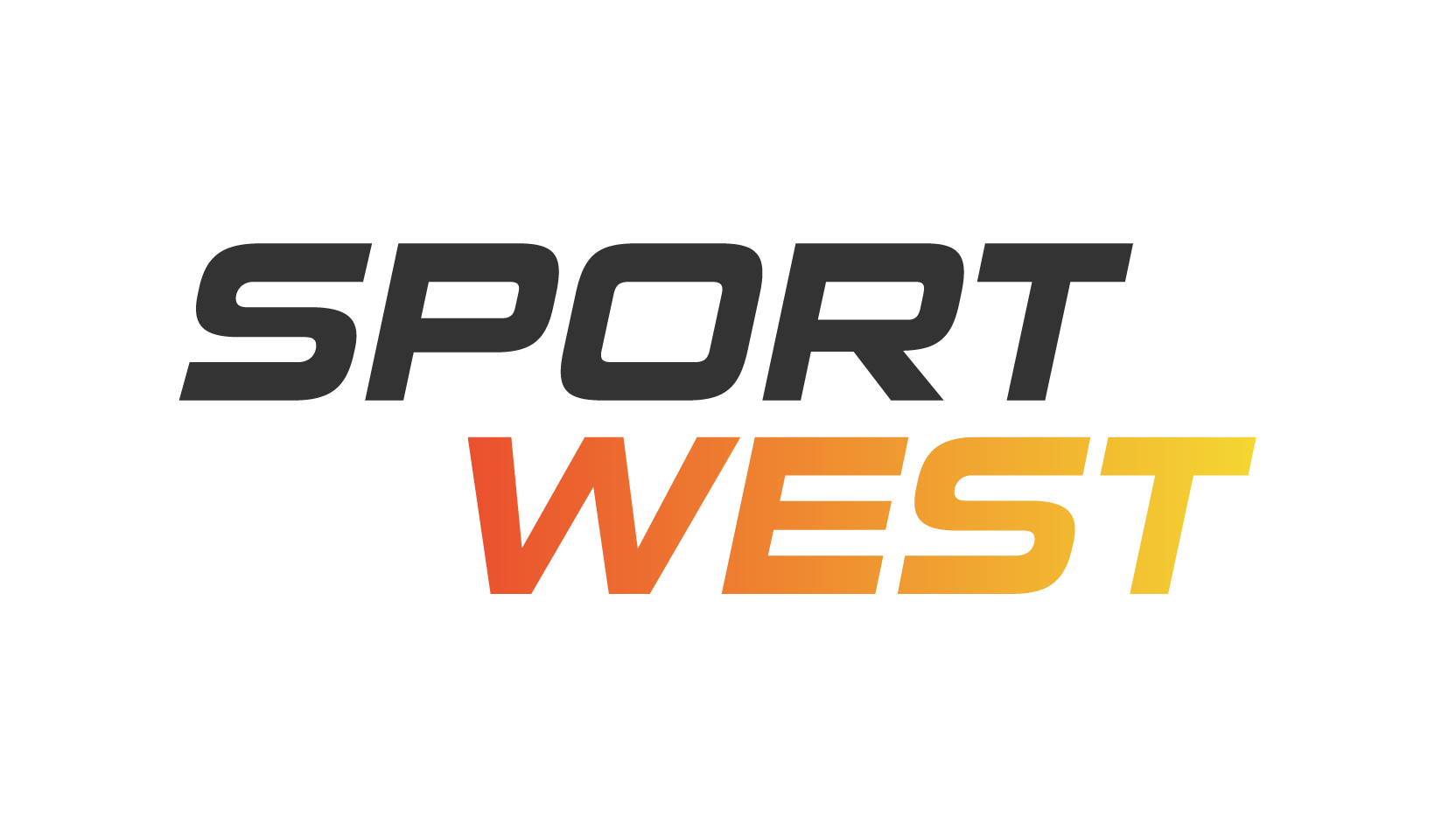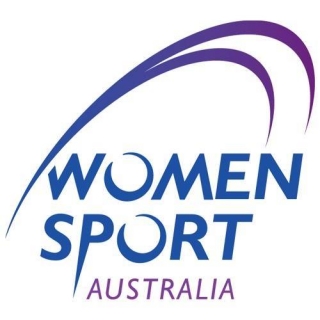So, there I was reading Helen Razer’s piece, “Species of Stupidity” in the latest copy of The Big Issue (No 470 24 Oct-6 Nov, 2014) in which she proposed that in the context of the mental health debate at least, “awareness and talk” alone was “cheap”; when it struck me the premise was equally relevant to the issue of female representation in sport leadership roles.
At the core of Razer’s argument is that it is easy to indulge in self-expression and that our leaders “talk about the need for action and then, after doing nothing for long periods, they agree to talk to each other about it again”. She goes on to say that on some issues, such as climate change and mental health, our leaders are so worried, “they talk about it once or twice a decade”.
And while at first it might be difficult to connect the dots, Razer’s sentiment accurately describes how I feel about the absolute failure of our leaders to tackle the issue of female representation in the business of sport.
26 years ago I was National Executive Director of Netball Australia and over these past 26 years I have maintained both an active interest in women’s sport and via Sportspeople, an active role in ensuring positions we recruit are filled on factors of merit. Over this time I have seen the government of the day, via its funding instrument, the Australian Sports Commission, convene self-serving talk-fests including Women, Sport and the Media (1985), establish a Task Force for Women and then adopt a National Policy and Plan for Women in Sport (1987), a subsequent review of this Plan leading to a National Policy on Women and Girls in Sport, Recreation and Physical Activity (1999-2002) and more recently About time! Women in Sport and Recreation Australia. I’m absolutely sure there’s more, but I seem to have lost count along the way.
For the record, I’m not saying the issue is not important. On the contrary. What I am saying is that I agree with Razor’s premise that “there’s been such a shift in our belief in the power of talk, it has become a choice. And we have chosen awareness.” That is to say, all of us operating in the sport sector are acutely aware of the underrepresentation of women in sport leadership roles; we talk about all the time, we hear others talking about it BUT very little has actually changed in the past 30 years despite this awareness.
The Asia Pacific World Sport and Women Conference was held in Sydney over 27-28 October, 2014 an event which Sportspeople Recruitment has a direct connection as a Corporate Supporter. Members of our team attended the Conference and reported the speakers were entertaining, informative and again raised the awareness of attracting, engaging and retaining women in all aspects of sport.
If we are going to effect a real change to the gender imbalance in sport leadership, we need to first concentrate on the genesis of this inequality – the selection process. That is, if the notion sport in Australia is run largely by men (as all reliable data clearly supports) then it is fair to assume the selection of staff, particularly senior executive staff, is made by men. If that’s an unfair assumption I’m happy to hear the alternative view.
And if its gender bias in the selection process we are focussing on, that would mean comparing reactions toward two identical human beings, identical in intelligence, competence, qualifications, lifestyle, goals and so on; with the one difference between them that one is a man and one is a woman. And on this topic of study I’m pleased to say for the non-believers out there, there’s “mountains” of research showing female applicants are rated significantly lower by males in competence and hireability. These biases are more than often subconscious, but there’s absolutely no doubt they exist and underpin the bias in the selection process for many sport management roles.
One change we can make right now is to ensure the selection decisions for all senior executive roles in sport, where females are most under represented, are made by Selection Panels that comprise of both men and women. In my view at least, this strategy will have greater immediate effect than any other policy currently on the table or being promoted by state and federal bureaucrats.
Sportspeople Recruitment now has a policy embedded within its terms of business recommending our recruitment clients appoint selection panels comprising both men and women.
We are all “aware” of the failings of the sport sector to adequately deal with the imbalance of women in sport leadership roles. The challenge now for all sport employers is to stop focussing on the “talk” and demonstrate real leadership by actually do something about it.
RM – Sportspeople Recruitment
First Published 2014.





